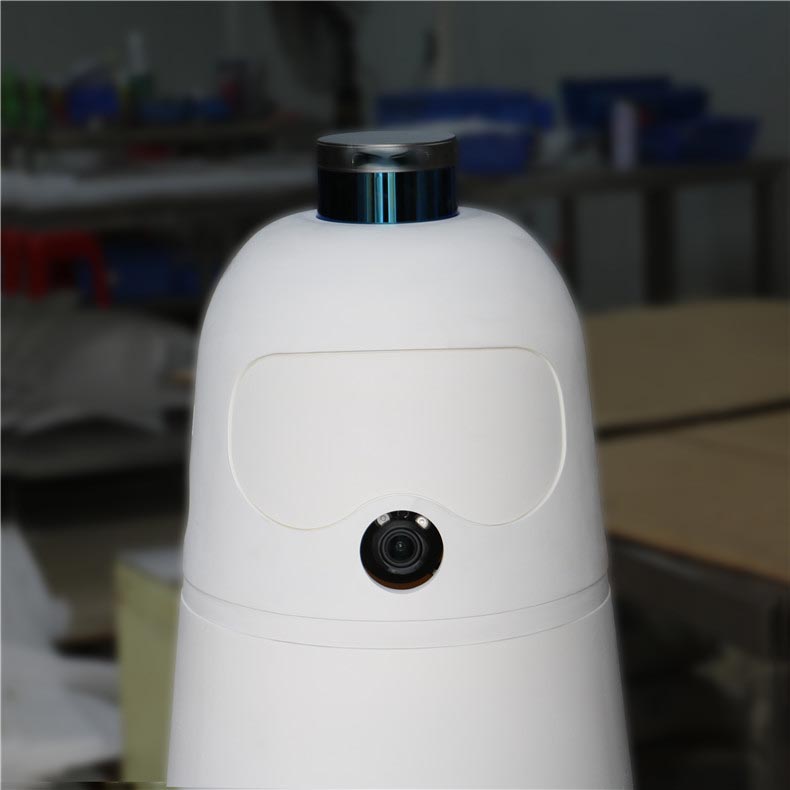Robot Structural Prototype CNC Machining
- Material: ABS; AL6061; PMMA
- Quality standard: ISO, CASCO, BV, QC quality inspection
- Processing method: CNC machining and vacuum casting
- Color: white, black, gray, blue
- Size: 1023mm*640mm*320mm
- Surface Treatment: Sandblasting, Polished, Painted
- Accuracy: 0.10mm
- Scope of application: product development
- Sample type: Structural prototype
The intelligent robot industry is developing rapidly and has been widely used in many fields. According to the different properties of the robot, the technology used is different. If it is a robot prototype with a complex structure, it is generally completed by 3D printing. If it is a small batch production, it can be manufactured through vacuum casting. The following is an introduction to the common production techniques of robot prototypes:
CNC machining – CNC machining is currently the most widely used prototype manufacturing method in China. Besten has nearly 20 high-precision equipments. Whether it is a robot prototype or other prototype models, CNC machining is the mainstream technology.
3D printing – 3D printing is a new technology method with increasing frequency of use. It is more suitable for the molding and production of prototype models with complex structures, and has the characteristics of fast processing speed.
Vacuum casting – At present, small-batch robots with plastic appearance commonly uses vacuum casting. Silicone molding can use product prototypes to make prototype products in a vacuum state. This kind of processing method can reduce the cost of robot prototype production. Commonly used materials for vacuum casting : similar ABS, PMMA, PC,PP etc.






